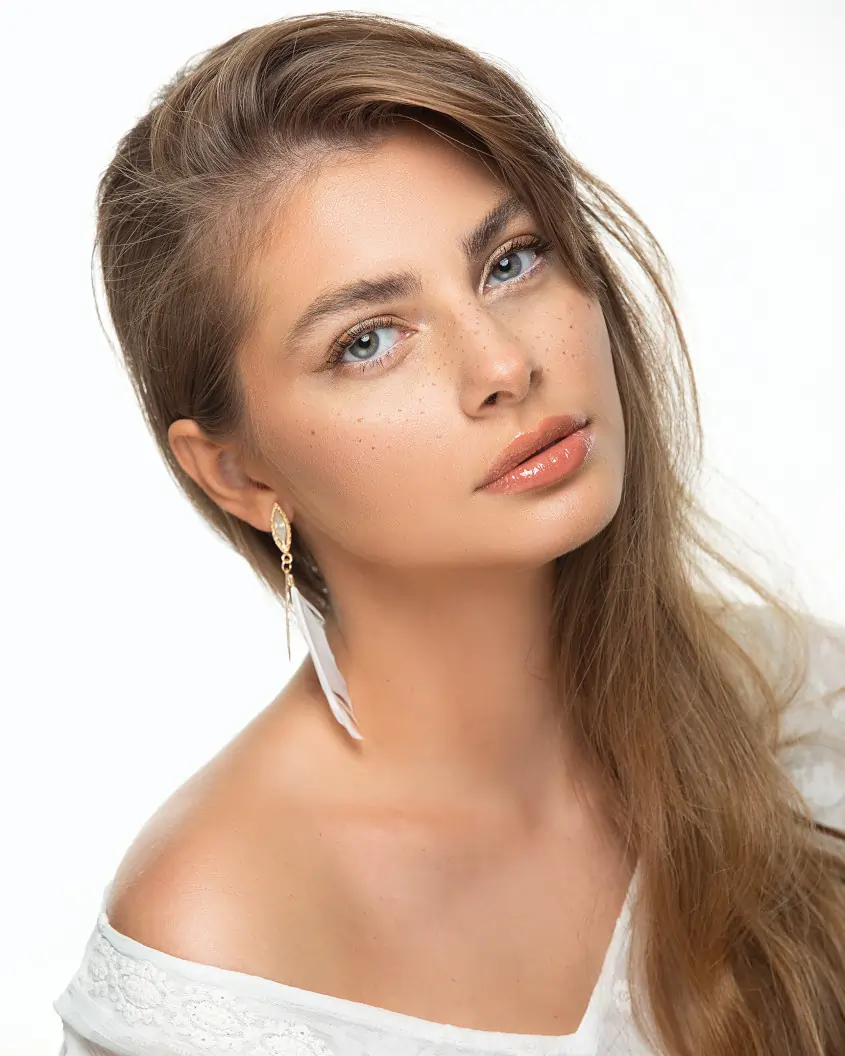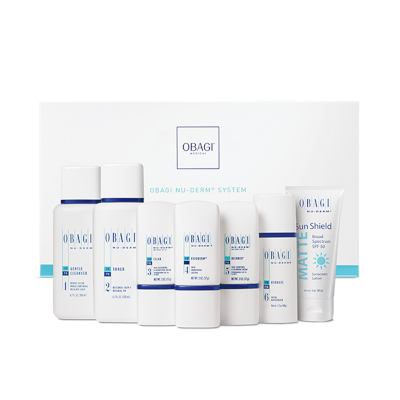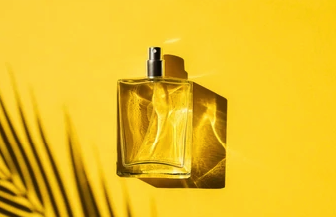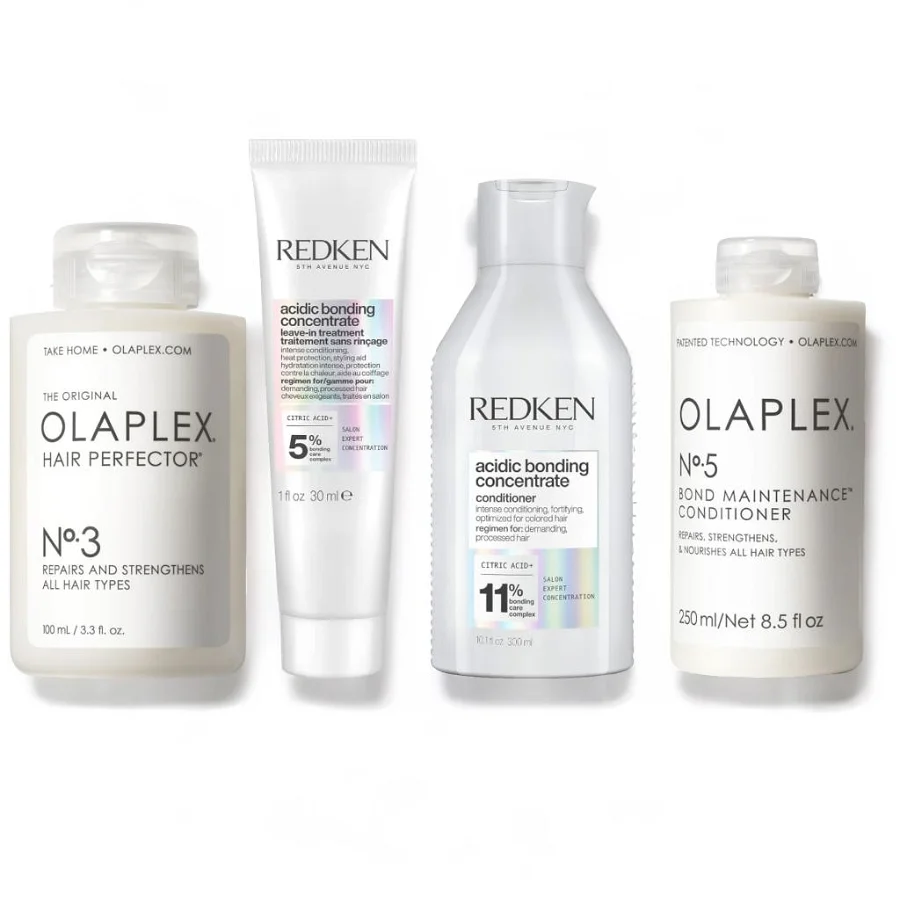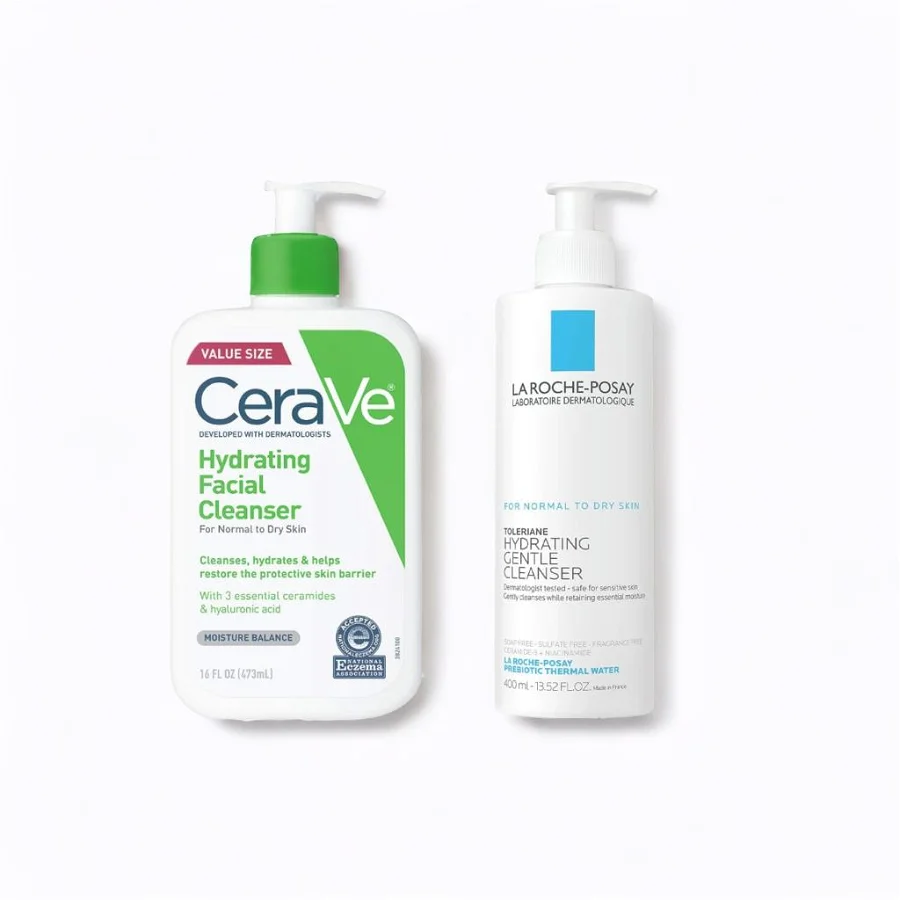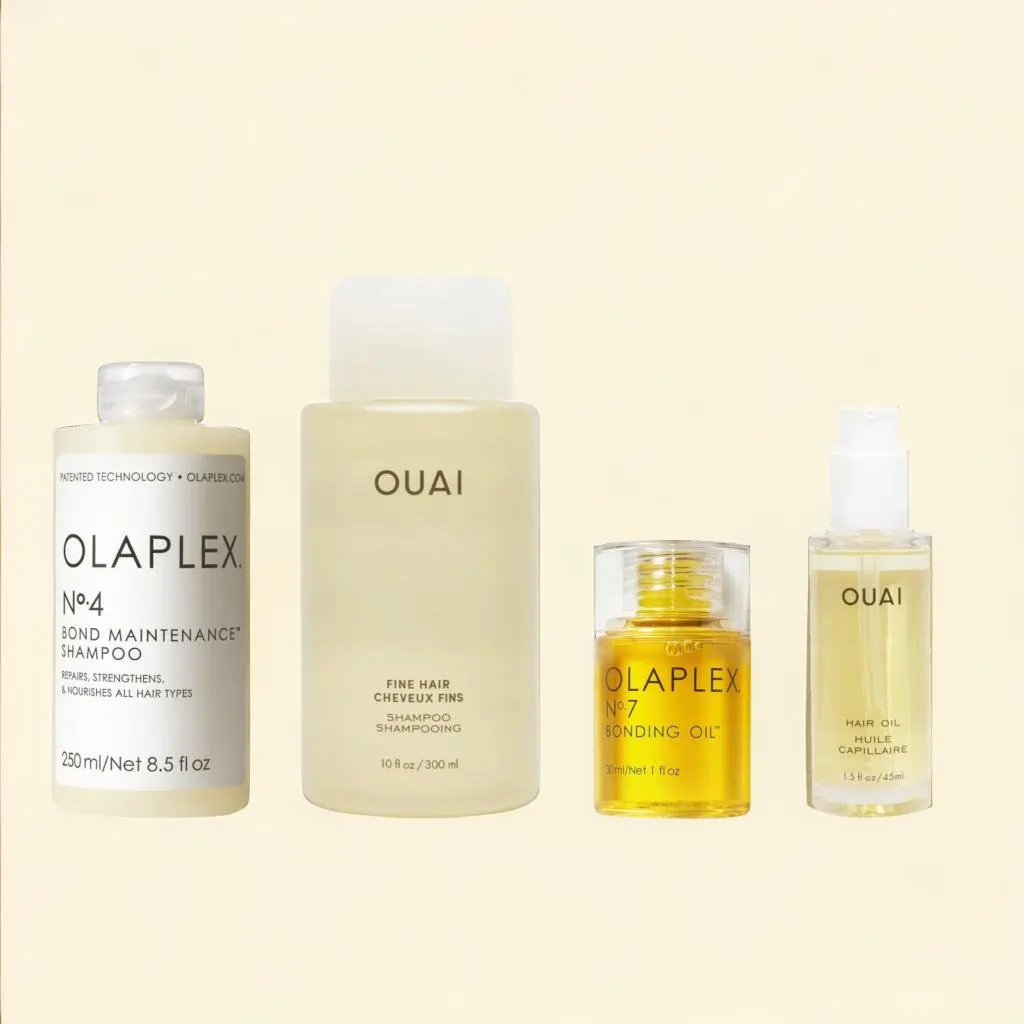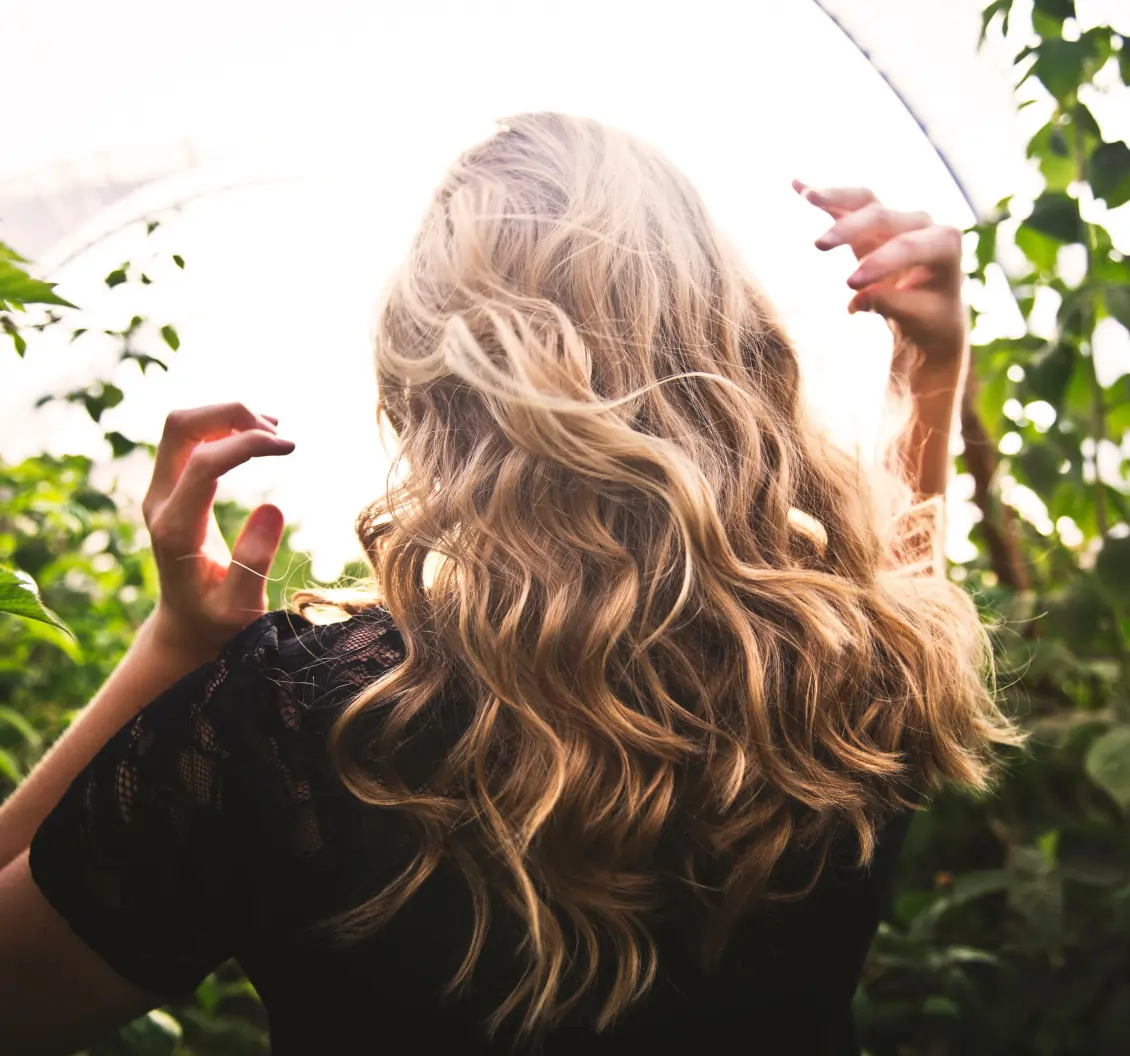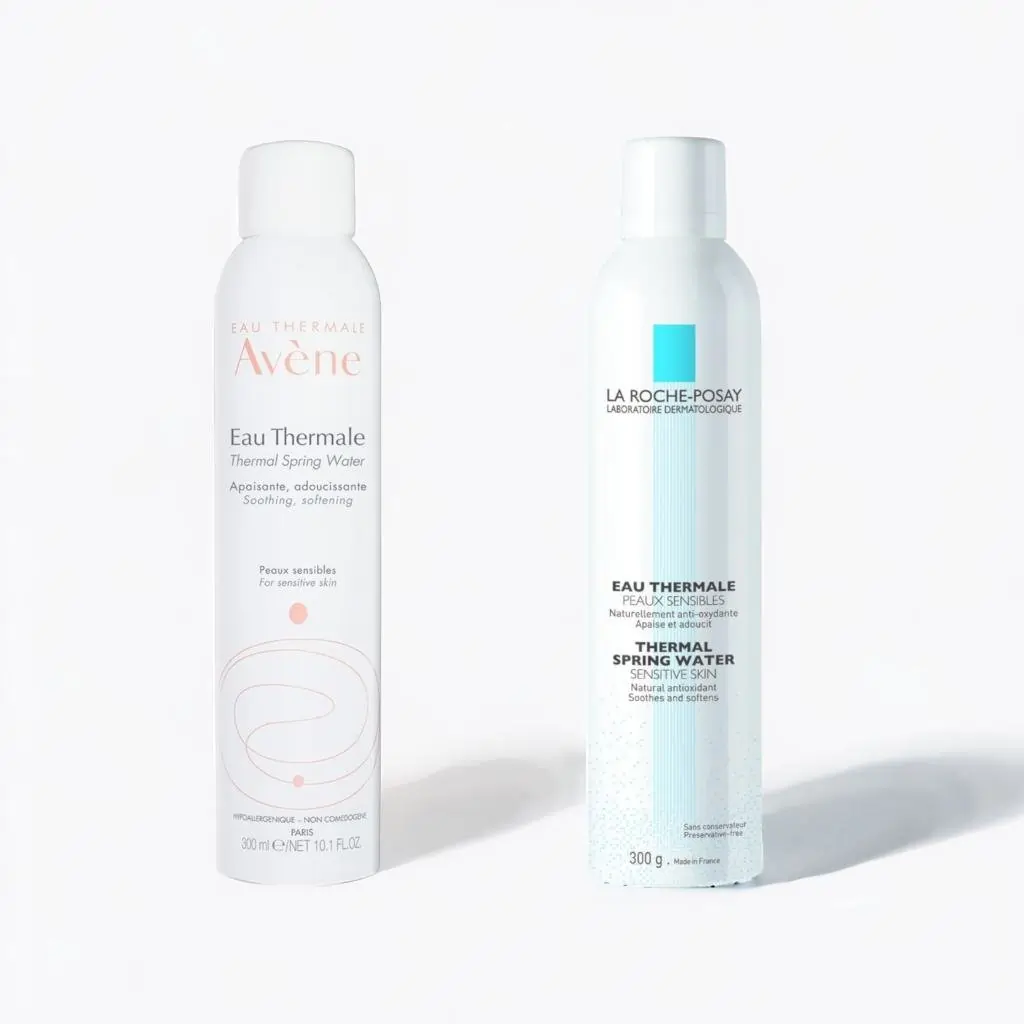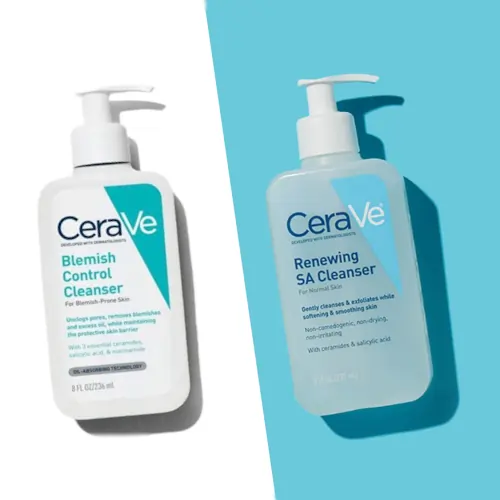
When it comes to skincare, it can take years to find brands and products that are compatible with your skin’s needs. This process of trial and error can end up being seriously expensive, especially since there's no guarantee that different brands' products will be entirely compatible, either.
Thankfully, brands like Jan Marini and Obagi have created entire skincare systems so you can get everything you need in one set.
The Jan Marini Skincare Management System, which consists of five separate products, is an award-winning kit that has everything you need from a cleanser to SPF. Obagi Nu-Derm System is a seven-step system that aids with issues such as hyperpigmentation and signs of aging.
Since both boast plenty of praise and accolades to prove just how effective they are, this calls for a detailed side-by-side analysis.
Jan Marini Skincare Management System vs Obagi Nu-Derm System
Beginning with their semi-similarities, Jan Marini has options for both dry/very dry skin or normal/combination, while Obagi has sets for those with normal/dry and normal/oily skin types.
Editor's Note: As well as variations for each skin type, Obagi also offers two alternative Nu Derm systems: Nu Derm (Rx) and Nu Derm Fx. The latter is available over-the-counter, whereas the former requires a prescription. For the purposes of this article, we'll be reviewing the Fx system.
Further, Obagi’s systems have seven different steps, including a cleanser, toner, morning brightening cream, skin-smoothing lotion, evening brightening cream, facial moisturizer, and matte-finish sunscreen. On the other hand, Jan Marini’s kits have only five steps: a cleanser, rejuvenating serum, exfoliating facial lotion, hydrating facial cream, and sunscreen.
It goes without saying, but there are quite a few differences in the ingredient lists between these two dermatological powerhouses. Though each system ultimately functions to maintain clear skin and combat signs of aging, both lean on an array of different formulations.
Regarding cleansers, the Jan Marini Bioglycolic Face Cleanser aims to gently exfoliate dry/very dry skin and normal/combination skin, so its star ingredient is glycolic acid. Obagi has different cleansers for those with different skin concerns. Those with normal/dry skin will get the brand’s Gentle Cleanser, which contains soothing oat amino acids. For normal/oily skin, the Foaming Gel Wash also contains oat amino acids in addition to aloe.
Each set also includes different products that are meant to reverse the signs of sun damage, hyperpigmentation, fine lines, and wrinkles.
These in-between products for Jan Marini’s system feature a C-ESTA Serum that’s packed with antioxidants and Vitamin C to protect against free radicals. Next, those with normal/combination skin are instructed to opt for the Bioclear Face Lotion, which contains glycolic, salicylic, and azelaic acid which chemically sloughs away dead skin cells to reveal smoother, more radiant skin. The Bioclear Face Cream is intended for those with dry/very dry skin but also is formulated with glycolic, salicylic, and azelaic acid to provide both exfoliation and hydration.
Jan Marini also offers two alternative moisturizers based on skin concern: the Transformation Face Cream for normal/combination skin, which is made with a patented growth factor, peptides, and antioxidant solution for ample moisturization; and the Age Intervention Face Cream for dry/very dry skin—a formula that’s created with a patented formula including soy, red clover, and plankton extract to reduce the visible signs of aging skin.
Lastly, Jan Marini has two SPF options that are suitable for either skin type. The Antioxidant Daily Face Protectant SPF 33 has—you guessed it—antioxidants, plus hyaluronic acid, phytomelanin and Beta Glucan to hydrate and protect. Jan Marini Physical Protectant Tinted SPF 45 shouts out zinc and titanium dioxide as its main sun protection duo, while green tea extract and co-Q10 team up to smooth and soothe skin.
Beyond its designated cleansers, Obagi provides different formulations for normal/dry skin and normal/oily skin. The second step for both sets is the Obagi Nu-Derm Toner, which claims to restore skin’s natural pH. Obagi highlights key ingredient Arbutin, which is a “nature-identical skin brightening agent and antioxidant” that can help correct the appearance of an uneven skin tone.
Step three for the Obagi systems presents a diversion in treatment, where the Rx set calls for the Obagi Nu-Derm Clear, a prescription-level hydroquinone (4%) cream that bleaches dark spots and corrects unevenness. For the alternative Fx set, there's Obagi Nu-Derm Clear Fx, which features Arbutin instead of Hydroquinone, a much gentler ingredient.
After you’ve applied your brightening cream, next is the Obagi Nu-Derm Exfoderm skin smoothing lotion. Specified for those with normal to dry skin, this lotion also contains hydroquinone. Its normal to oily counterpart, Obagi Nu-Derm Exfoderm Forte, is hydroquinone-free, but has glycolic and lactic acids to remove dead skin cells and promote natural skin turnover for a brighter complexion.
The next step calls for Obagi Nu-Derm Blender, another prescription-level hydroquinone (4%) cream for those opting for the Rx system, which ultimately serves to perform the same duties as the Obagi Nu-Derm Clear. The Obagi Nu-Derm Blend Fx contains Arbutin (like the step two toner) in lieu of hydroquinone to help brighten the complexion of those with more sensitive skin.
Steps six and seven are the same for both Obagi skincare systems: the non-comedogenic Obagi Nu-Derm Hydrate facial moisturizer, which is formulated with Hydromanil—matrix molecules that retain moisture (like hyaluronic acid); and Obagi Nu-Derm Sun Shield Matte Broad Spectrum SPF 50, a zinc-oxide (15.6%) based sunscreen that offers broad spectrum protection.
Perhaps the most notable difference among all the systems (which you’ve likely gathered) is that you’ll need a prescription for the Obagi Nu-Derm (Rx) System when buying through the official site, as both hydroquinone creams are labeled “Rx only.” (In contrast, Jan Marini’s sets are fair game for all.) However, the Obagi Nu-Derm Fx System are available on Amazon without prescription. Cost-wise, Jan Marini products are around 2/3 of the price of Obagi's.
Final Verdict
Both the Jan Marini Skincare Management System and Obagi Nu-Derm System promise incredible results, so we understand if choosing one over the other feels near impossible.
Should you still need some help deciding, this may influence your choice: Aside from their differing formulations and cost, we wanted to note that Obagi is not cruelty-free, but several different sources report that Jan Marini is. Marini’s entire brand is also vegan, gluten-free, and paraben-free. (Obagi does have vegan options, but not all their products are vegan.)
Regardless of which system you choose, we wish you a happy acne-defying journey onwards, and we'd love to hear all your success stories over on our Facebook page.
